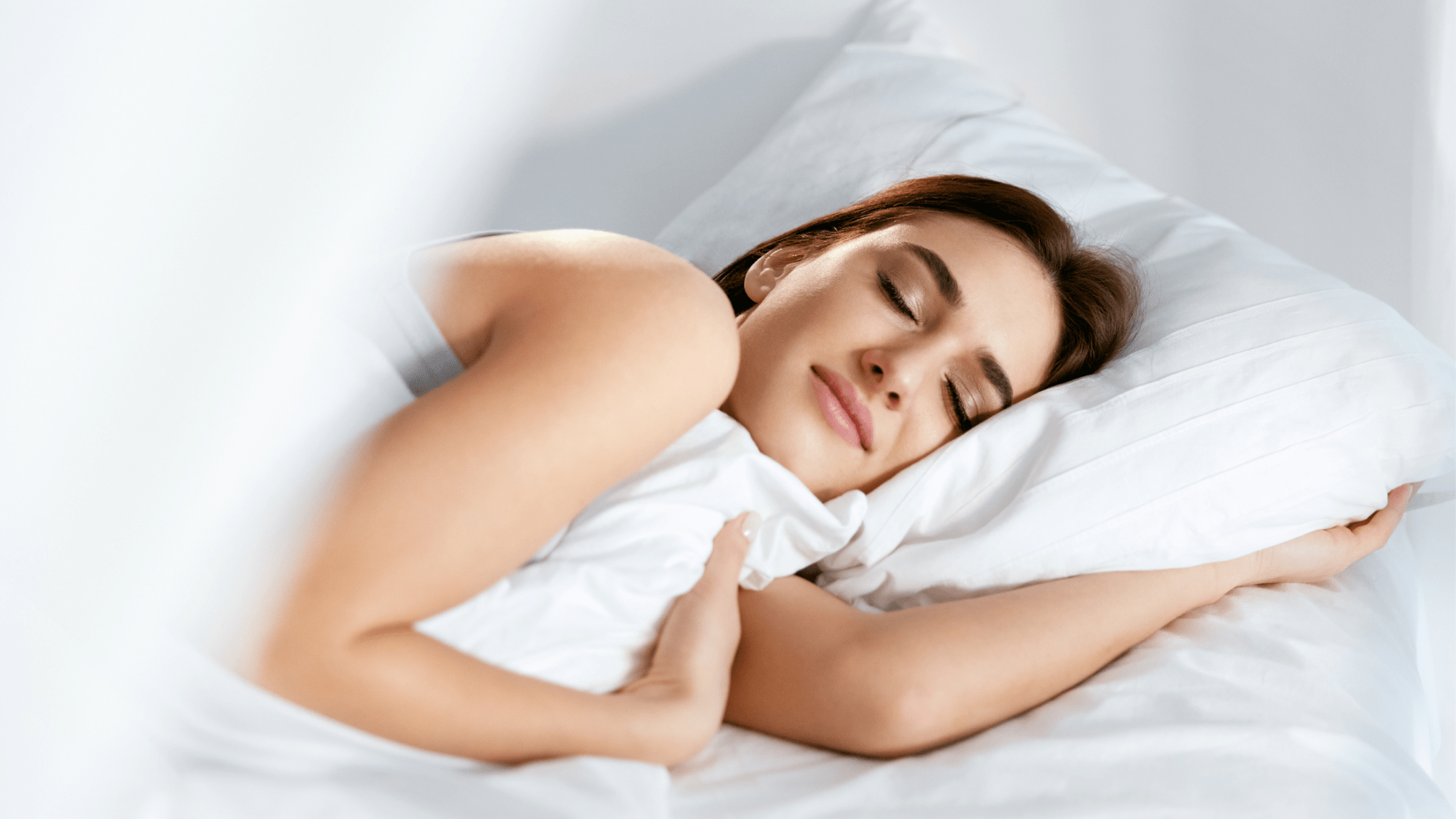Achieving Comfortable Post-Liposuction Sleep: Tips and Guidance
Liposuction, commonly known as Lipo, is a popular surgical procedure for eliminating stubborn fat from various areas of the body. While the results leave patients feeling more confident, the post-surgery period demands careful attention, especially regarding sleep. The right sleeping position can significantly enhance your recovery, reduce discomfort, and ensure the best possible results. Whether you've undergone liposuction, breast augmentation, tummy tuck, or facelift, getting adequate rest is crucial as your body requires this time for healing and rejuvenation. In this guide, we will delve into optimal sleeping positions, essential tools for comfort, post-surgery care, skincare, and tips for addressing sleep challenges after liposuction.
Optimal Sleeping Positions after Liposuction:
-
Back Sleeping: Ideal for procedures on the abdomen, buttocks, or tummy area, lying on your back with your head slightly elevated using pillows provides relief. This position is also recommended after breast augmentation and facelifts.
-
Side Sleeping: If liposuction was performed on your back or one side of your body, sleeping on the unaffected side can offer comfort. Place pillows between your knees for alignment and reduced pressure on the surgical area.
-
Recliner Resting: Some patients find comfort in sleeping on a recliner. This position reduces pressure on the abdomen and back while keeping the upper body elevated, beneficial for tummy tuck recovery and belly area liposuction.
Tools for Comfort:
-
BBL Pillows: Brazilian Butt Lift (BBL) pillows are essential post-surgery. They provide support for your head and can be strategically placed under your knees, between your legs, or along your back for added comfort.
-
Faja Colombiana Compression Garment: Surgeons often recommend wearing a compression garment post-lipo to reduce swelling, support healing skin, and ensure optimal results. It can also prevent discomfort while sleeping.
-
Bed: A good quality bed that offers ample support is crucial to prevent unnecessary pressure on any part of your body.
Post-Surgery Care:
-
Follow Instructions: Adhere to the specific post-surgery care instructions provided by your surgeon regarding incision care, activity levels, and the use of drains.
-
Swelling and Bruising: Post-lipo, swelling and bruising are common. Applying cold compresses and elevating the affected areas while resting can help alleviate these symptoms.
-
Pain Management: Over-the-counter pain medication or prescriptions provided by your doctor can help manage discomfort and facilitate better sleep.
Ensuring Optimal Skin Care and Sleep After Liposuction:
Adapting Your Nighttime Skincare Routine:
-
Cleaning and Caring for Incision Sites: Proper cleaning of incision sites is crucial post-liposuction to prevent infections and promote seamless scar healing. Always follow your surgeon's guidelines for cleaning methods and recommended products.
-
Moisturizers and Products to Use: Opt for hypoallergenic moisturizers or those recommended by your medical professional to facilitate faster skin repair and ensure smoothness.
-
Products to Avoid During the Healing Period: Consult with your surgeon or medical team before introducing new products to your skincare routine, as certain products may interfere with incision sites or hamper recovery.
Addressing Sleep Challenges After Surgery:
-
Combatting Post-Surgical Insomnia: Relaxation techniques like deep breathing, limiting caffeine intake, and establishing a bedtime routine can help ensure restful sleep.
-
Tackling Increased Nightly Bathroom Visits: Reduce evening fluid consumption and use soft, non-glaring lights to minimize frequent nighttime bathroom trips.
-
Navigating Mid-Night Discomfort: Keep prescribed pain relievers on hand and consider using pillows for support or changing sleep positions for enhanced comfort.
Crafting a Post-Lipo Bedtime Regimen:
-
The Power of Regularity: Maintain consistent sleep and wake times to establish a routine that signals your body when it's time to relax and recover.
-
Pre-Sleep Relaxation Activities: Engage in calming activities like reading, listening to soothing music, or enjoying a gentle massage to prepare for quality sleep.
-
Reducing Screen Exposure for Improved Sleep: Limit screen time in the hours leading up to bedtime to promote deep, uninterrupted sleep, crucial for recovery.
Maximizing Comfort: Tips & Tricks:
-
Environment: Ensure your sleep environment is cool, dark, and free from noise disturbances to promote deep, uninterrupted sleep, crucial for recovery.
-
Proper Hydration: Stay hydrated throughout the day to reduce swelling and promote faster healing, but limit fluid intake before bed to minimize nighttime bathroom visits.
-
Gentle Mobility: Occasional light movement or walking can promote circulation and reduce the risk of post-operative complications like blood clots. Always follow your surgeon's recommendations for activity.
-
Nutrition: A balanced diet rich in proteins, vitamins, and minerals can expedite the healing process. Include foods like lean meats, fish, fruits, and vegetables, and consider avoiding overly salty foods to reduce swelling.
-
Regular Check-ins: Attend post-operative appointments to receive feedback on your recovery process, personalized advice, and answers to any questions or concerns.
Frequently Asked Questions:
-
Can I Sleep On My Stomach After Liposuction? It's best to avoid sleeping on your stomach, especially after abdominal or tummy area liposuction, as it may put pressure on healing wounds and disrupt results.
-
How Long Should I Wear the Compression Garment While Sleeping? The duration varies, but most doctors recommend wearing it continuously for a specified post-surgery period. Always follow your surgeon's guidance.
-
When Can I Return To My Regular Sleeping Position After A Liposuction Procedure? The recovery timeline varies, so consult your surgeon before changing your sleeping position.
-
How Can I Reduce Swelling And Discomfort During The Night? Elevate the affected area, use cold compresses, and wear compression garments as advised.
-
Can I Use Over-The-Counter Pain Medication To Help With Sleep? Consult your surgeon or doctor before taking any medication to ensure it won't interfere with your healing or other prescribed drugs.
Conclusion:
Achieving comfortable and safe sleep is essential for a smooth recovery after liposuction. With the right sleeping positions, supportive tools, and a skincare regimen, you can alleviate pain and discomfort, waking up refreshed and healed. Always prioritize rest and recovery, adhere to your surgeon's advice, and ensure the best possible results from your liposuction procedure.

